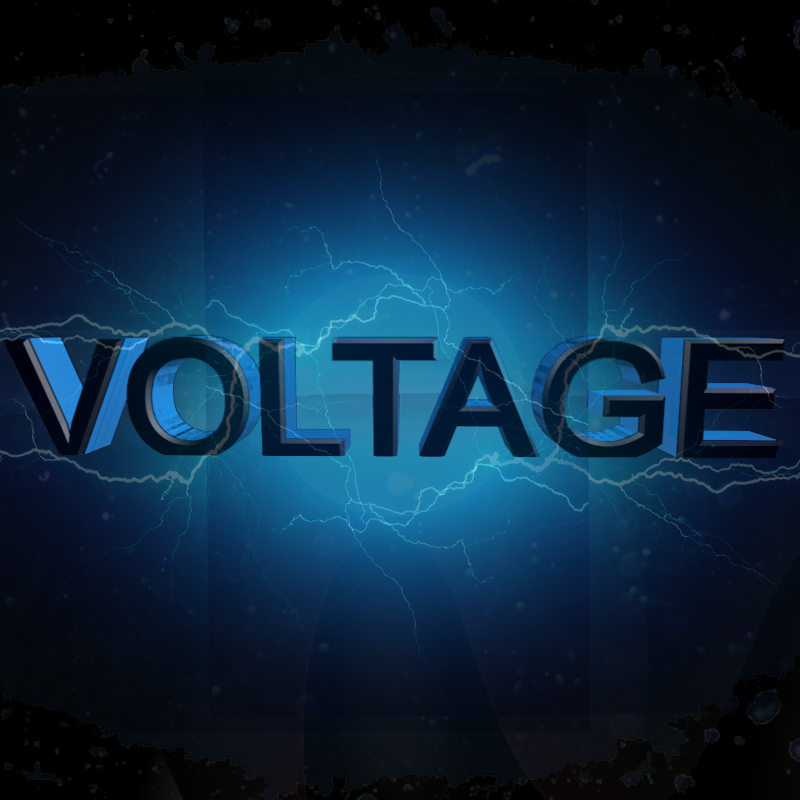When the voltage at the terminal of the electrical equipment deviates from the value as specified from the name plate the equipment performance and life time of the equipment are effected. IEEE Standard 666 details regarding this. The effect on the equipment may be of minor or major serious depends on the voltage deviation magnitude and the sensitivity of the equipment for the voltage variations.
Some of the equipment deviations which has certain effect due to supply voltage deviations are seen here:
Induction Motors:
Induction Motor voltage below name plate rating will result in decrease in the starting torque of the motor and increase in the full load temperature rise.
On the other hand, increase in the supply voltage above the specified voltage will results in increase in the starting torque of the motor, increase in the inrush currents during starting and decrease in the power factor.
Increase in the starting torque to above supply voltage results in acceleration of the coupling or driven equipment. Increase in the starting currents results in voltage drop in the bus connected to the motor. This effects the performance of the other loads connected to the bus.
Supply voltage above the rating will have less impact on the induction motor compared to under voltage condition but if voltage above 110% of the rated voltage will saturate the stator iron (flux is proportional to voltage / frequency) thereby damaging the magnetic properties and increase in losses.
Synchronous Motors:
Synchronous motors will have same impact as induction motor except the speed of synchronous motor remains same. Maximum or pull out torque varies directly with the voltage if the field remains constant.
Transformers:
Under-voltage operation does not have significant impact on transformer, but due to under-voltage condition current drawn by the loads increases. If this increase in load current can create an over current condition. Transformer can be operated upto 110% at no load and 105% at full load without any harm. Further increase in voltage can results in the saturation of magnetic core thereby increasing the magnetizing current and losses. Continued operation in over excited region can result in failure of unit.
Lighting:
Fluorescent lamps operate satisfactorily over a range of + or – 10% of the ballast name plate rating compared to Incandescent lamps. Life of Fluorescent lamps are less affected compared to Incandescent lamps










